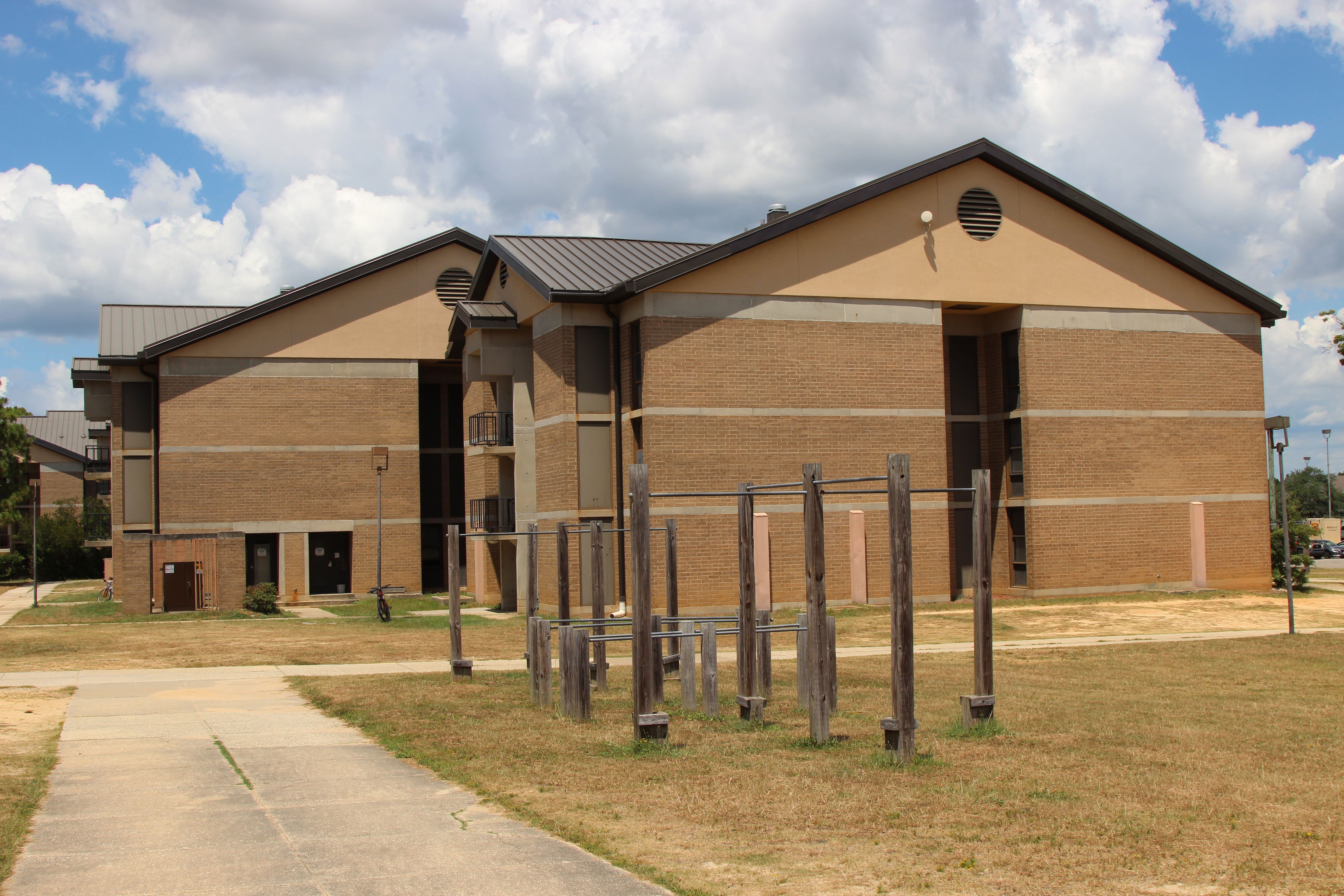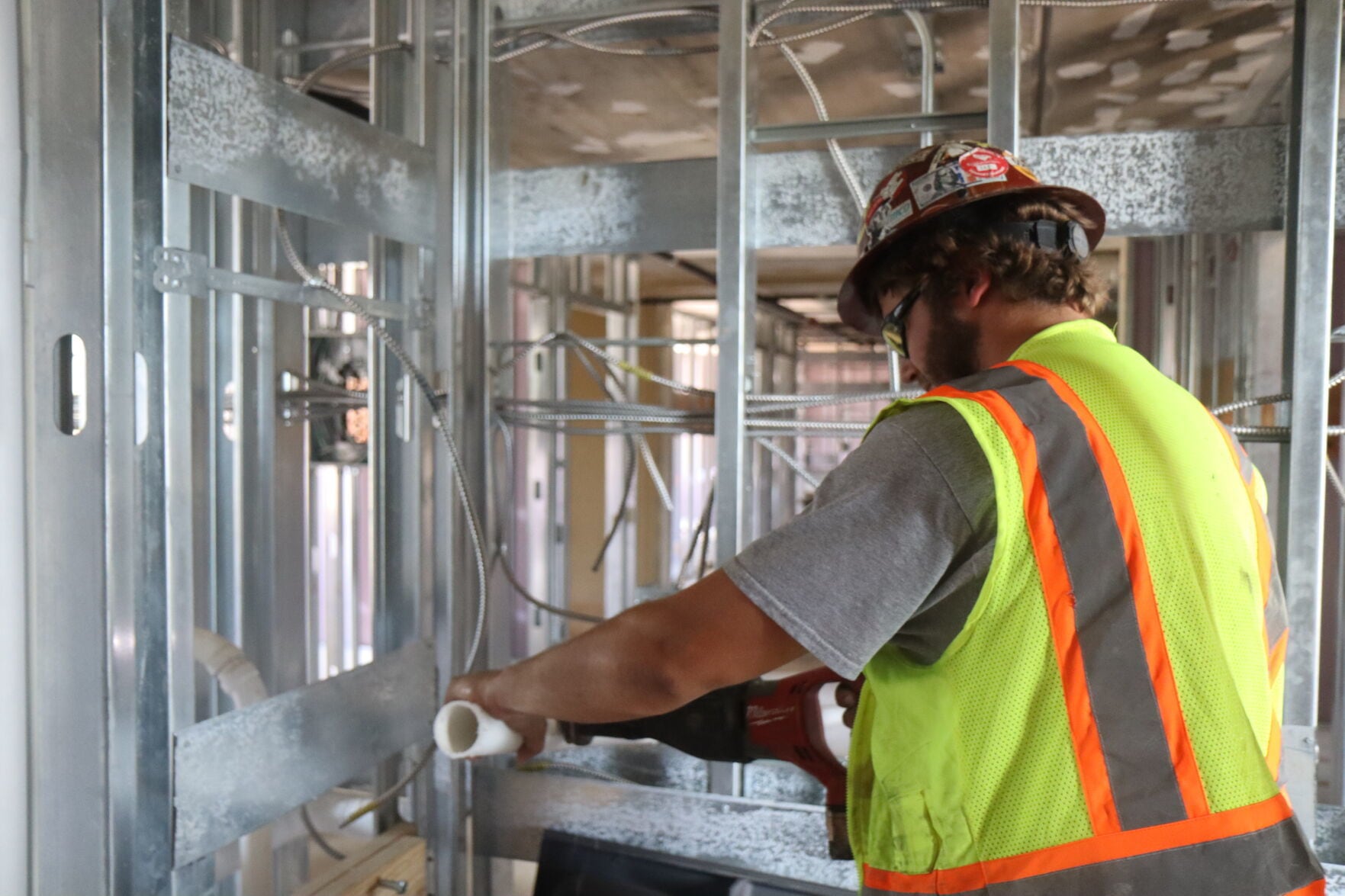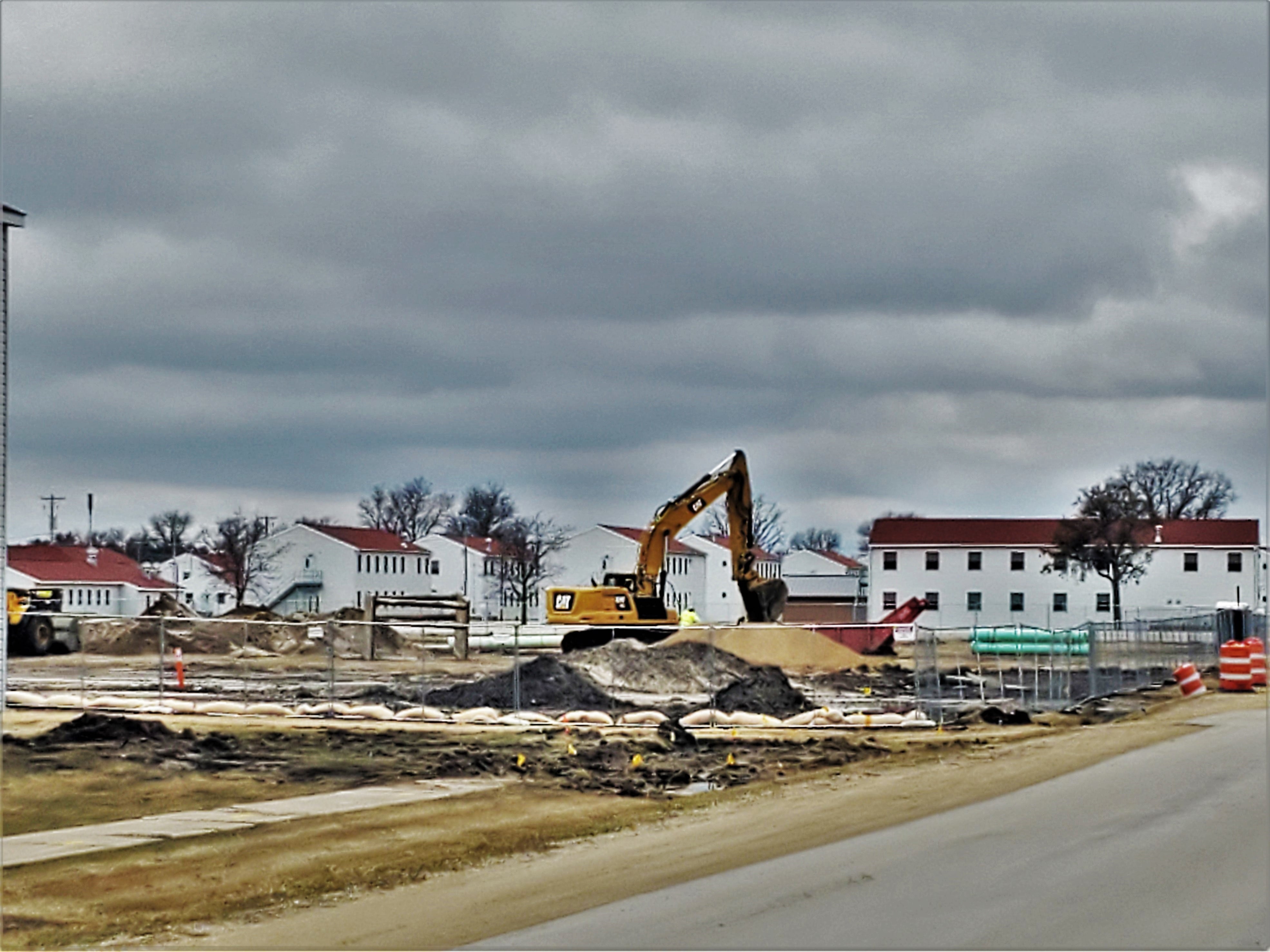To renovate and modernize just a portion of the more than half a million structures the Army owns and operates would cost $34 billion. Clearing the maintenance backlog alone will require $19 billion.
A significant chunk of the work is needed at facilities on Fort Bragg, North Carolina and at U.S. Army Garrison Hawaii, according to the recently released, Congressional Budget Office report, “The Army’s Costs to Eliminate Its Deferred Maintenance Backlog and to Renovate and Modernize its Buildings.”
An estimated 21%, or $11.2 billion of the $54 billion total costs for all deferred maintenance, renovation and modernization of Army facilities is needed for Fort Bragg and Hawaii installations alone.
RELATED

Staffers at the CBO conducted their assessment with data available up to September 2020 and note that inflation and maintenance items since then likely have raised the costs they identified.
The report does not specifically mention recent and ongoing problems with moldy barracks at Fort Bragg, Fort Stewart, Georgia and elsewhere that have triggered moves for at least 1,300 soldiers in separate instances going back at least two years, Army Times previously reported.
They reviewed data for 49,000 of the 500,000 buildings and other structures on Army bases for this report. Two-thirds of buildings in use by the active Army did not require renovation or modernization for users, the report noted. The remaining one third required, “minimal, significant or major work.”
At the same time, the Army is conducting its own facilities review, which is expected in January.
“The deadline for inspections of Army active-duty facilities worldwide, including Soldier barracks, has been extended to Jan. 18, 2023,” an Army spokesperson told Army Times. “This comprehensive infrastructure assessment is part of the annual Facility Investment Plan to enable the Army to identify issues that need remediation and make informed decisions about renovation and new construction priorities.”
Facilities at Fort Bragg and Hawaii “accounted for significantly higher amounts of deferred maintenance costs than other Army bases,” according to the report.

Fort Bragg would require an estimated $5.8 billion for renovation and modernization while Hawaii facilities would take $2.6 billion. The combined costs make up a quarter of the total renovation and modernization estimates of $34 billion.
There are reasons for the extra costs at those bases.
Fort Bragg has a larger share of the Army’s building inventory. And some of those facilities on the base no longer support the needs of the units stationed there. That means that more costly repairs or upgrades are needed than with buildings that still serve their users but require some routine upkeep.
The average Army base had about 1% of the total inventory in need of repair or upgrade. Fort Bragg contains 3% of all Army inventory in that category.
Across installations, an estimated 22% of the average base’s facilities no longer met users needs and needed significant upgrades or redesigns. For Hawaii facilities that figure was 40%.
RELATED

And that is the high-end goal. Simply catching up on deferred maintenance is its own challenge.
As of September 2020, an estimated 34,000 buildings, or 70% of those analyzed by the CBO report authors, had some deferred maintenance. Completing all the deferred work would cost about $19 billion.
By comparison, the report noted, the Army spent an average of $2.5 billion annually between 2020 and 2022 on all combined maintenance and sustainment of buildings, real property and nonbuilding structures.
The service does not stand alone.
The report also points out that though the defense department has a goal of complete recapitalization of all facilities every 67 years, the department hasn’t met that goal for at least 10 years.
As a result, the department has directed each of the military services to cover only 80% of their sustainment goals in annual budgets.
Army property sustainment funding has ranged from 62% to 92% between 2013 and 2022, with an average of 79% during that period, according to the CBO report.
Todd South has written about crime, courts, government and the military for multiple publications since 2004 and was named a 2014 Pulitzer finalist for a co-written project on witness intimidation. Todd is a Marine veteran of the Iraq War.
Davis Winkie covers the Army for Military Times. He studied history at Vanderbilt and UNC-Chapel Hill, and served five years in the Army Guard. His investigations earned the Society of Professional Journalists' 2023 Sunshine Award and consecutive Military Reporters and Editors honors, among others. Davis was also a 2022 Livingston Awards finalist.




